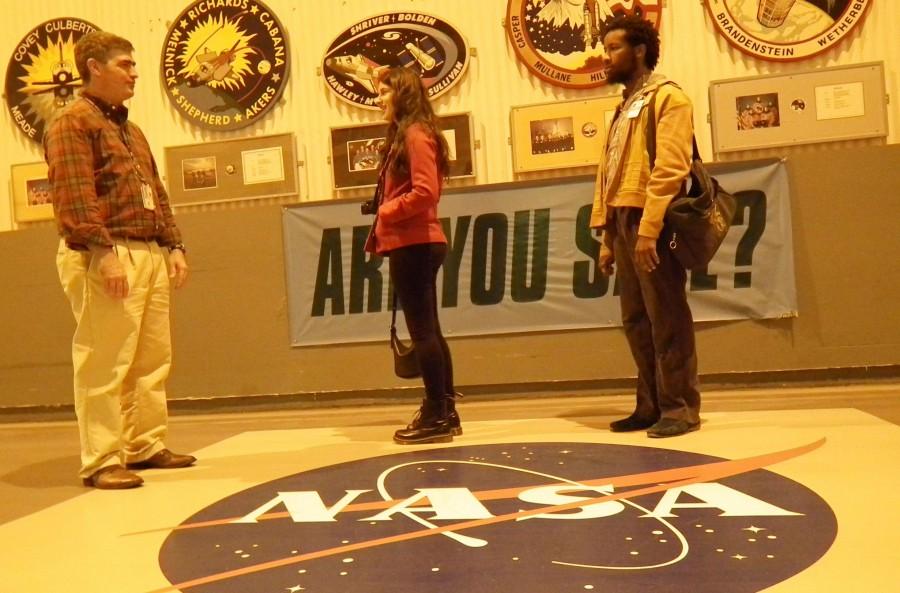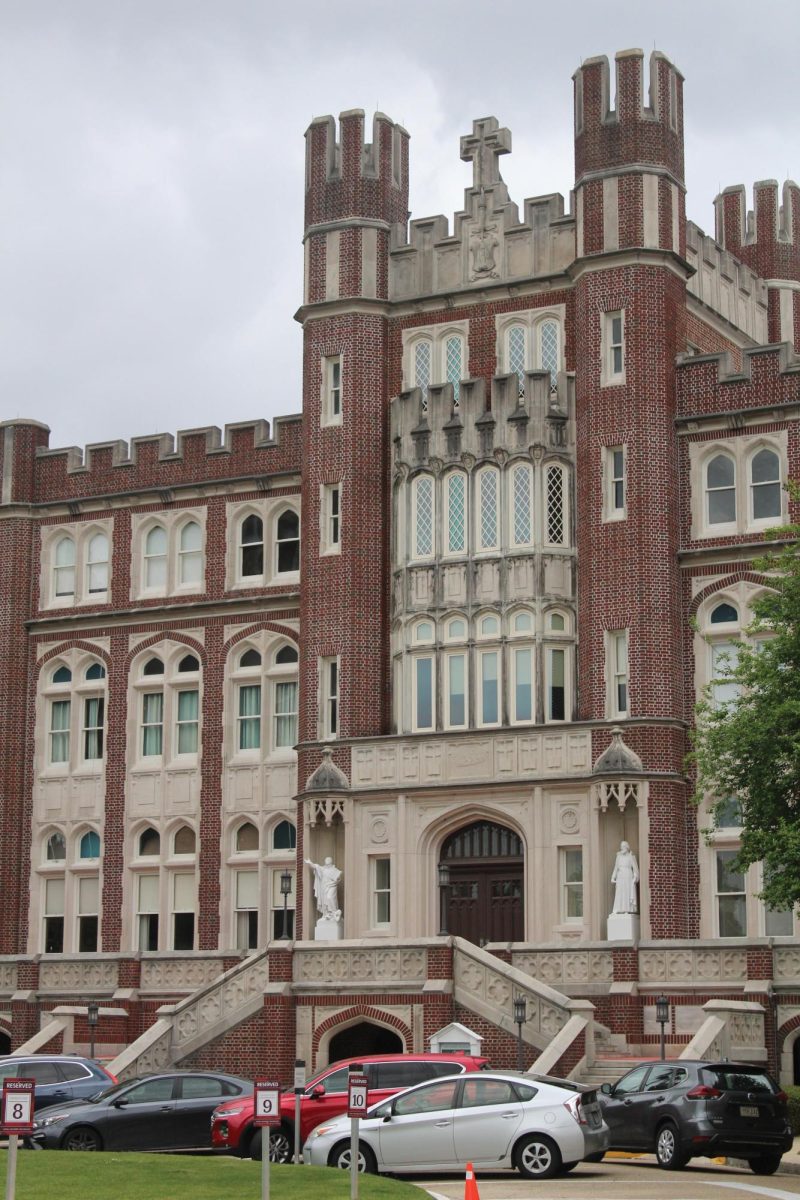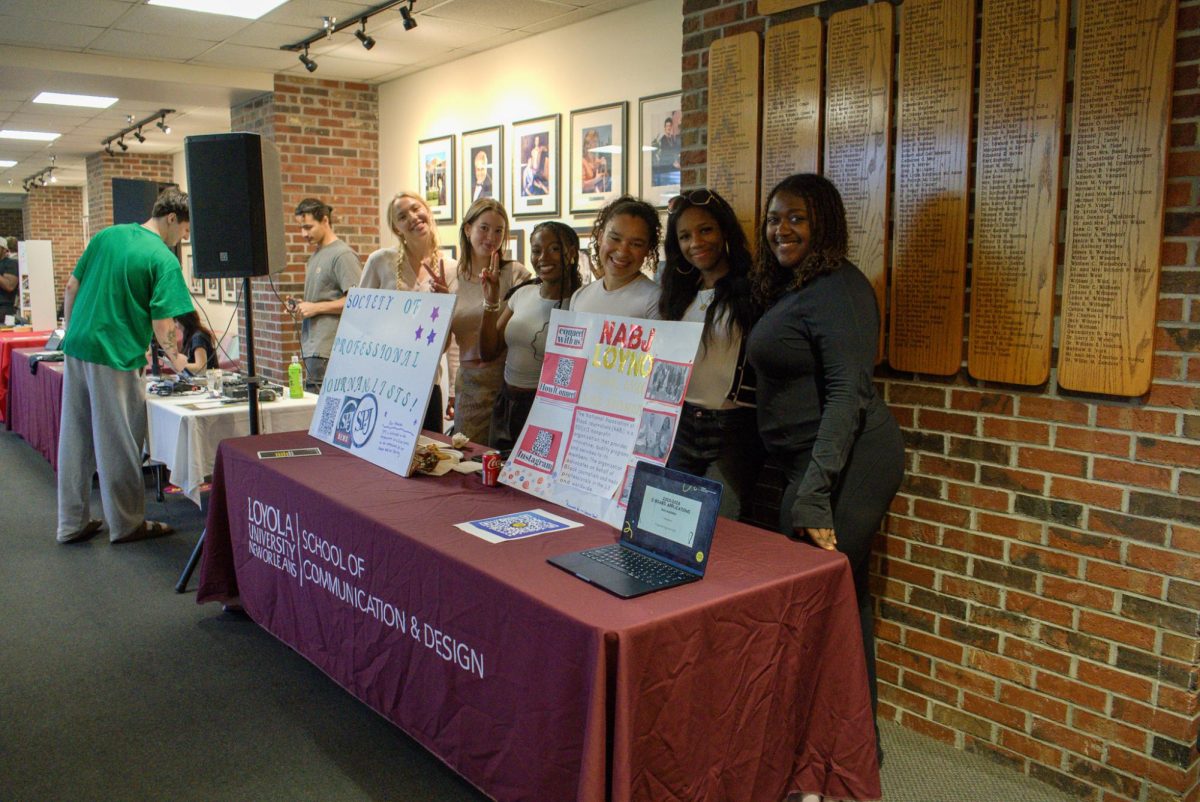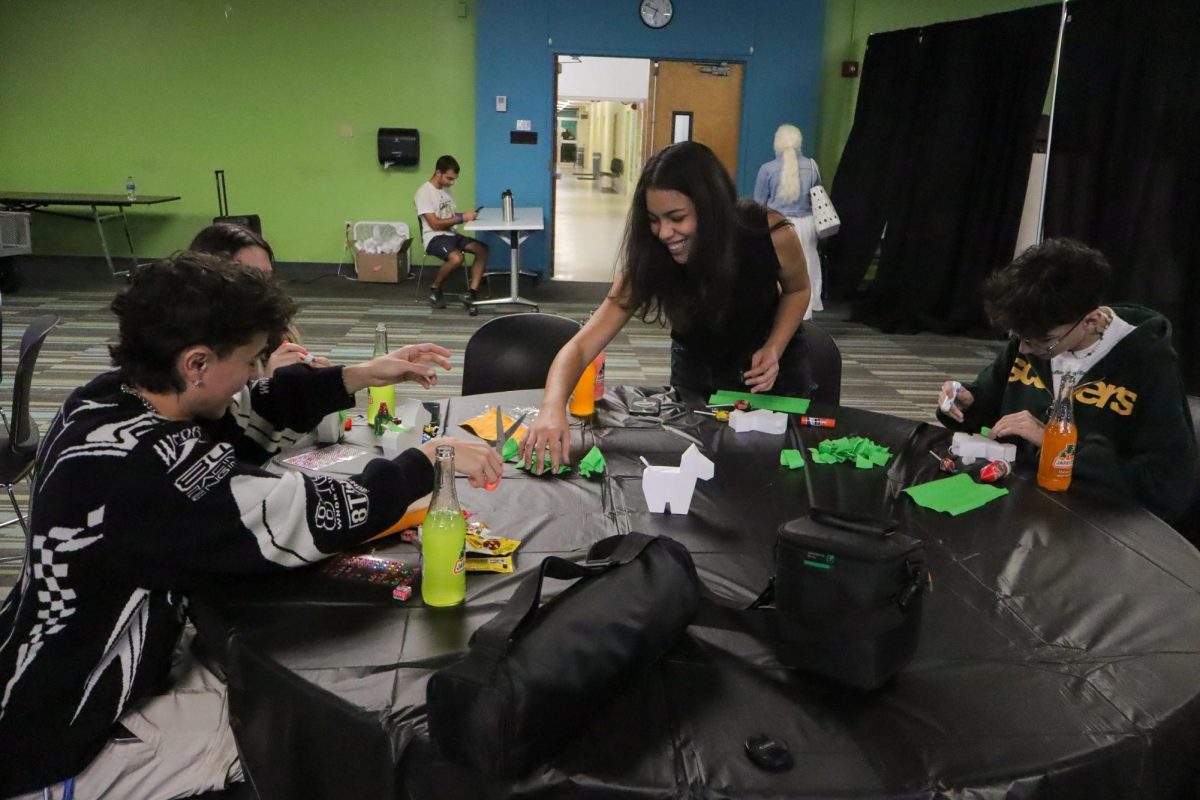Loyola and NASA have collaborated to offer students a hands-on opportunity to engage in their studies.
The New Orleans Regional Collaborative will award four freshmen and sophomore science, technology, engineering and mathematics students a $1,500 scholarship per semester for two years and a $4,000 summer research stipend.
Students will get the opportunity to work with a professor for eight 40-hour weeks over the summer. They will be paid a $4,000 stipend from Loyola distributed in a biweekly paycheck to them.
Participants in the program will also have the chance to visit The Louisiana Space Conference, an annual local event where participant universities present the results of their summer research. Speakers from the industry also are invited to speak to the students in the program.
This package is extended to six universities total in the New Orleans area, including Loyola University, Tulane University, Southern University at New Orleans, University of New Orleans, Xavier University and Dillard University.
Applications are still open and will continue to be considered until March 1.
Patrick Garrity, professor of physics at Loyola, is the principal investigator of this grant.
“The grant is for half of a million dollars distributed almost equally between everyone. It’s a two-year program based on retaining and keeping early career STEM students,” he said.
Garrity said that STEM students fall out in the early years of their undergraduate studies for a variety of reasons. For that reason, he said, this program aims to engage students in a way that will encourage them to continue their educations.
“They are not used to the big change coming from high school, and they’re coming into a different system. They may need extra help. That’s the scope of the proposal. It’s to help students,” he said.
This grant works to combat this change by helping underrepresented minority groups, namely African-Americans, Asian-Americans and Hispanic and Latino-Americans, make it through those crucial first two years of their major, Garrity said.
He said he believes that the New Orleans Regional Collaborative accomplishes its goal of aiding STEM students by involving and engaging students in their studies.
“Statistics show that actually once you make it to junior or senior year, the likelihood of graduating increases,” Garrity said.
Garrity said he is particularly enthusiastic about the summer research opportunity included in the award package.
“The results of that at the end of the summer are usually research posters, papers, conference talks, etc. A lot always happens afterwards,” he said.
He said he believes that this opportunity is important, because it influences students’ decisions on what sort of work they plan to pursue upon graduation.
“The coursework is great, but this will give them some real life experience,” Garrity said.
The program also allows students the opportunity to conduct flexible research catered towards their own specific interests and, consequently, the liberty to change their minds should they discover that their original major is not the appropriate fit.
“Many students, I find, who really know what they want to do, tend to stick with it,” Garrity said.
Garrity attributes NASA’s attempts to reach out to STEM majors to the retirment of baby boomers. He said that there is already a dip in the number of United States scientists and engineers.
“A lot of groups and industries and government entities are trying to curb this by picking up the graduation level of stem students. There are jobs out there. As these older folks retire, someone has to replace them. They need people,” he said.
He also said that this opportunity has not been widely extended to other cities in the United States.
“This was a pretty unique award that we’ve received. It’s happening elsewhere but only in limited cases,” he said.
Malcolm Wood, deputy chief operating officer of the NASA Michoud Assembly Facility in New Orleans, said that the United States is a country comprised of dreamers and inventors who have always been willing to push boundaries for the sake of ingenuity.
“When it comes to technological innovation, the intersection of science, mathematics and engineering enables problems to be solved and leaps in technology to be made. As our Nation moves toward an information-based economy, now more then ever, STEM is critical to our country’s success,” he said.
Wood said scholarships are integral to developing capable employees because they bridge the gap between theoretical concepts taught in the classroom and their eventual application in the workforce.
“They enable NASA to bring in fresh thinking and a diversity of ideas and opinions,” he said.
He said he believes that the New Orleans Regional Collaborative is a valuable experience because it allows students to focus time and energy on a particular project.
“It teaches discipline and perseverance - two skills that are critical to problem solving in the STEM workplace. The experience that a student gains doing research is extremely valuable and shows potential employers the student’s capabilities. Additionally, the unique skills gained elevate the student researcher above their peers,” he said.
Dustin Lindberg, physics senior, said he believes this opportunity provides an incentive to bring students into and interested in conducting research.
“I see so many students who just go through their four years just thinking that as long as they are in the classes, they are doing fine,” he said.
Lindberg challenges this misconception. He said that by adapting this mindset, students are missing out on a vital and integral way of engaging in their studies.
“Research teaches you so much more about the material you’re learning. I wish that every student that went here had the opportunity to do research, and if this program is helping make that a possibility then it’s awesome,” he said.
Lauren Stroh may be reached at [email protected]







